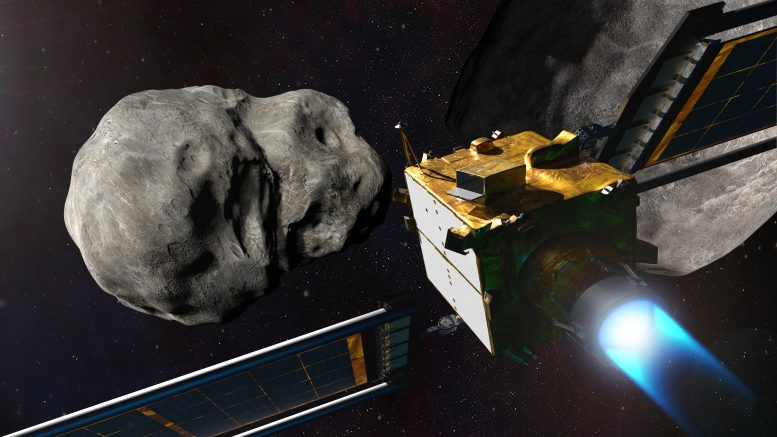
This illustration depicts NASA’s Double Asteroid Redirection Test (DART) spacecraft prior to impact at the Didymos binary asteroid system. Credit: NASA/Johns Hopkins APL/Steve Gribben
Celebrating diversity in space and technology …
Some recognition for a unique mission …
And a small find that is a pretty big deal … a few of the stories to tell you about – This Week at NASA!
Building a Legacy of Culture and Knowledge
On February 10, NASA collaborated with the Smithsonian National Museum of African American History and Culture for a Black History Month event highlighting contributions by African Americans to space and technology. The event was aimed at inspiring students to pursue science, technology, engineering, and math, or STEM fields of study.
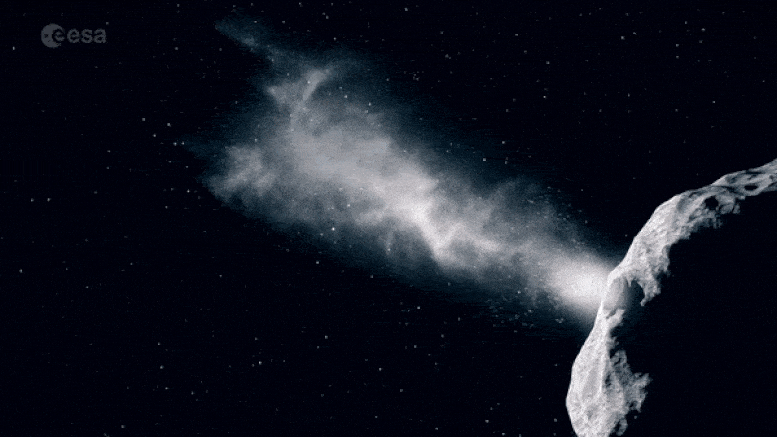
NASA’s DART spacecraft collided with the smaller body of the Didymos binary asteroid system in September 2022. Credit: ESA–ScienceOffice.org
DART Receives Space Achievement Award
NASA’s Double Asteroid Redirection Test, or DART team has been selected to receive the Space Foundation’s 2023 Space Achievement Award. Last year, the DART spacecraft successfully collided with, and changed the course of an asteroid during the first-ever planetary defense test mission.
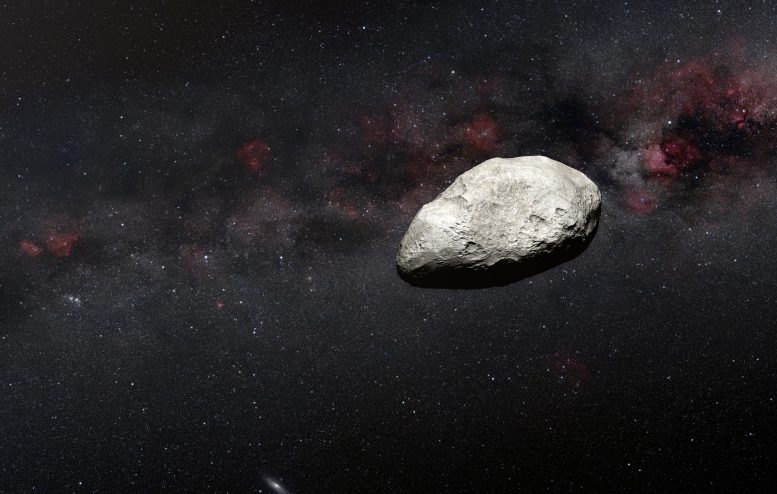
An asteroid roughly the size of Rome’s Colosseum — between 300 to 650 feet (100 to 200 meters) in length — has been detected by an international team of European astronomers using NASA’s James Webb Space Telescope. They used data from the calibration of the MIRI instrument, in which the team serendipitously detected an interloping asteroid. The object is likely the smallest observed to date by Webb and may be an example of an object measuring under 1 kilometer in length within the main asteroid belt, located between Mars and Jupiter. More observations are needed to better characterize this object’s nature and properties. Credit: NASA, ESA, CSA, N. Bartmann (ESA/Webb), Martin Kornmesser (ESA), Serge Brunier (ESO), Nick Risinger Photopic Sky Survey)
Webb Detects Extremely Small Main Belt Asteroid
An international team of European astronomers has used NASA’s James Webb Space Telescope to detect a very small asteroid. The asteroid – about 300 to 650 feet long – is likely the smallest object observed to date by Webb and may be an example of an object less than 0.6 miles long within the main asteroid belt between Mars and Jupiter.
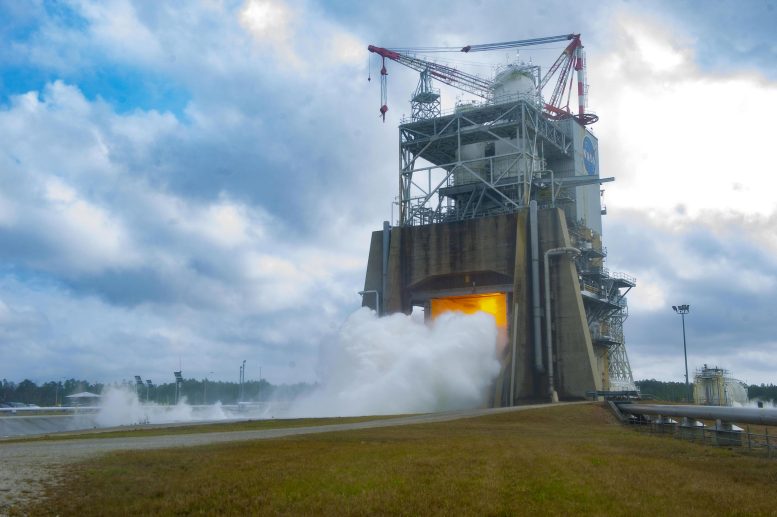
A remote camera offers a close-up view of the RS-25 hot fire on the Fred Haise Test Stand at Stennis Space Center in south Mississippi on February 8, 2023. Credit: NASA / Stennis
First Test of 2023 for Redesigned Moon Rocket Engine
On February 8, engineers at NASA’s Stennis Space Center conducted the first hot fire test of the year with the newly redesigned RS-25 engine. Four of the engines will help power NASA’s Space Launch System rocket on future Artemis missions to the Moon.
That’s what’s up this week @NASA …

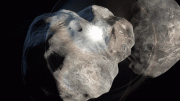

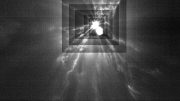
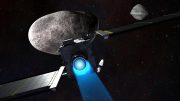
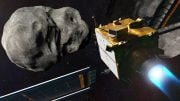
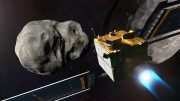
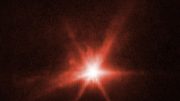
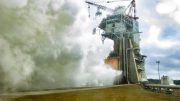
Be the first to comment on "This Week @NASA: Webb Detects Main Belt Asteroid, Redesigned Moon Rocket Engine Tested"